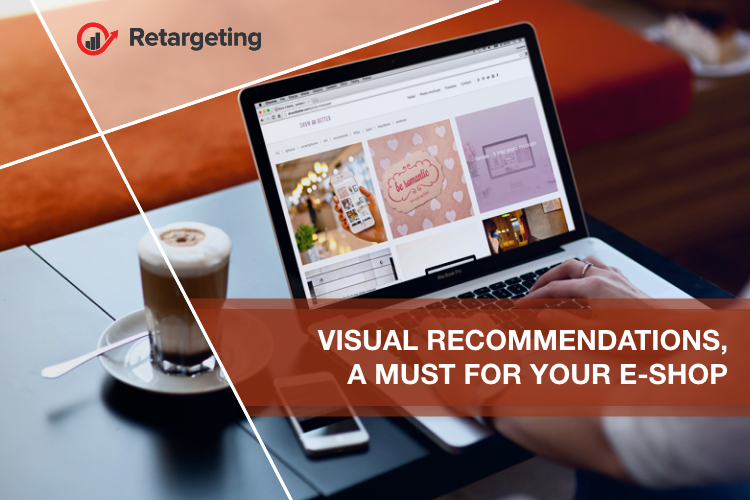Our brains can identify images seen for as little as 13 milliseconds, and according to recent studies, 65% of us are visual learners. This means that more than half of us recognize, absorb and retain information better if it’s conveyed through a picture or video rather than text.
Some of the world’s most lucrative internet platforms have been pioneers in adopting visual recognition services in response, like Pinterest, Google, AliExpress and Amazon, who have all rolled out the ability for users to search for online content using images. For example, users on Pinterest conducted 600 million image searches per month last year.
How can visual recommendations help your shop?
By using visual recommendations, retailers can empower their shoppers to search their entire product catalogues using images alone. This can make a massive difference to a merchandiser’s ability to enhance consumer engagement and revenues.
But what does this all mean for retailers who look after the merchandising and promotion of online products, and why should they pay any attention?
Expose your product catalogue
Retailers need to help guide shoppers to the most relevant potential purchases without delay. Implementing onsite visual search can enhance this process by exposing a brand’s vast product catalogue to visual shoppers in an efficient way.
Not only does this allow brands to showcase a huge range of their products to consumers based on their distinct visual searches, but it also gives consumers the ability to locate relevant products more quickly through the detection of attributes that are revealed in the visual tagging process.
With a virtually limitless array of characteristics, from color, brand or design, the visual search service matches these characteristics to the attributes of the uploaded image. In this way, a social-obsessed Gen-Z or Millennial shopper who is glued to the social accounts of celebrities can snap a screenshot and find a similar item within seconds using visual search. This is particularly important when you consider that in a recent survey, 62% of this consumer group said they want visual search capabilities in the shopping process.

Make mobile shopping seamless
Year after year, the percentage of people shopping on their mobile phones increases. Given that 53% of visual searchers use their mobiles, it is easy to see why implementing visual recognition services is relevant when it comes to engaging this ever-growing market. Visual search works well for mobile users as we store and upload images on our phones regularly, so optimizing the shopping experience for these actions is paramount.
By improving user experience (UX) and helping consumers shop with their eyes, mobile shopping can be made much more seamless.
Empower flexibility in the merchandising process
E-commerce teams can tweak visual searches to produce results that are aligned with their merchandising strategies. For example, “Only return items when the ‘color’ is 20% similar to what is being currently viewed” or “Only return items when the ‘style’ is 50% similar to what is being currently viewed.” Image recognition technology alone cannot do this, but by using visual recommendations, brands have full control over personalizing the display of images according to shopper and category needs.
By personalizing display criteria based on the distinct features of a particular category, merchandisers can create recommendations that are much more in-tune to a user’s needs no matter what the product of interest might be.
Visual recommendations also give merchandisers the power to return products of a similar brand as well as other attributes like pattern, style, shape, and color. The weighting of these attributes can be manipulated so that merchandisers are free to specify in what situations they want to inspire their shoppers by showcasing an eclectic mix of new styles or revealing old or ignored styles that simply need to be exposed from the catalogue and shifted to hit commercial targets. The flexibility of AI-driven visual recommendations makes this creative process possible.
Generate better results with visual search
Image recognition is a relatively new technology and only a small minority of retailers have so far built image search processes into their websites. However, the biggest difference that early adopters are noticing is the impact on performance. Gartner predicted that by 2021, brands that have redesigned their websites to support visual search will achieve a 30% increase in digital commerce revenue, and some well-known retail names are already witnessing impressive results. High-street fashion brand Forever 21 delivered a 21% increase to AOV in the first month of adopting visual search.
Other brands are taking things further by using visual recommendations that combine image recognition with the power to adapt the merchandising and onsite search experience.


Trackbacks/Pingbacks